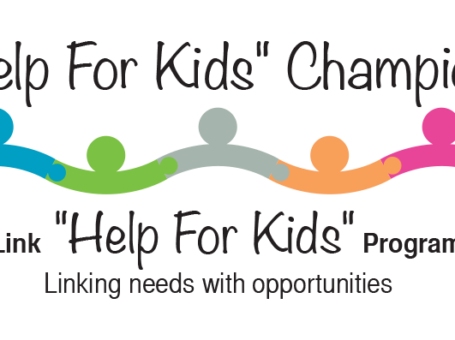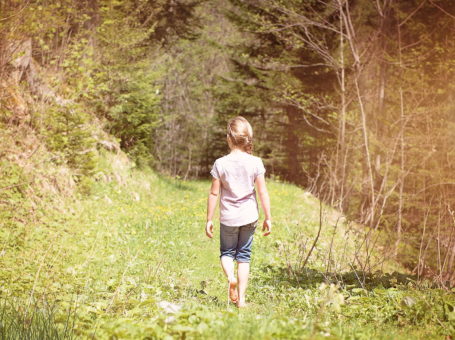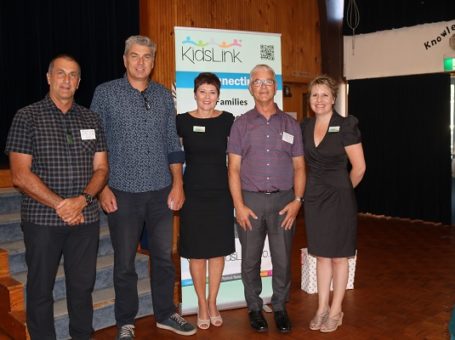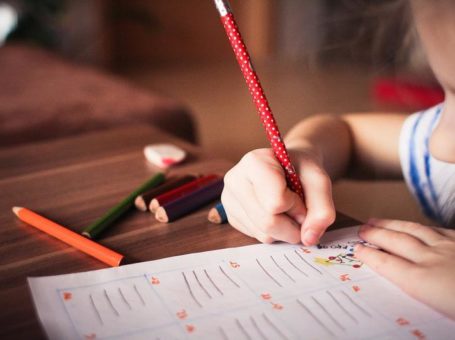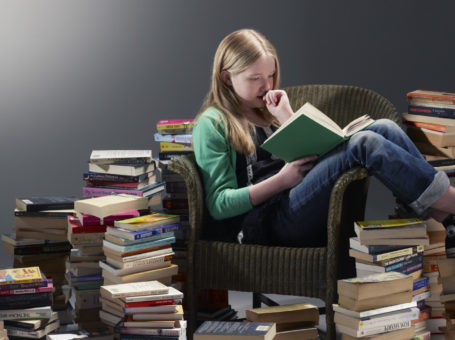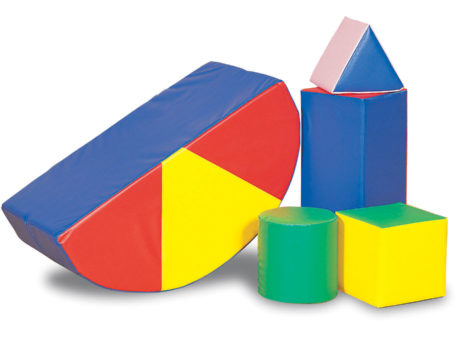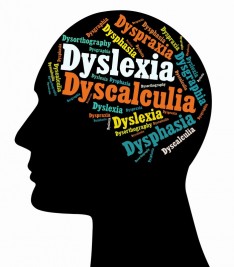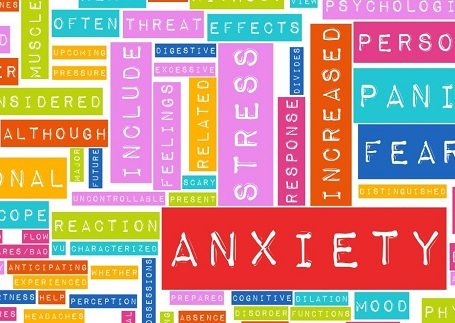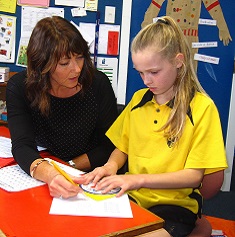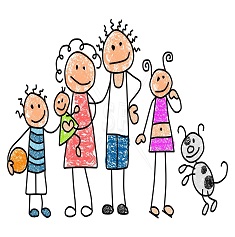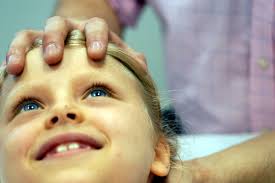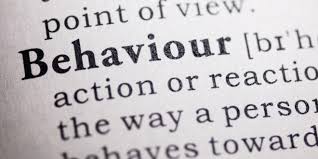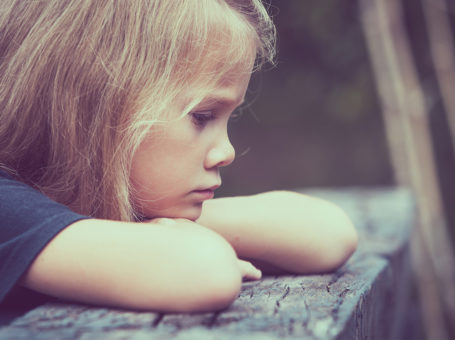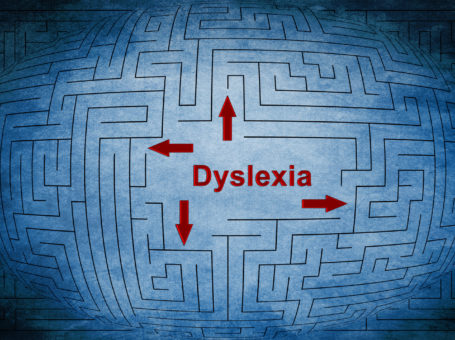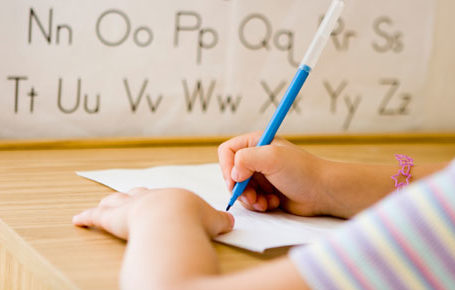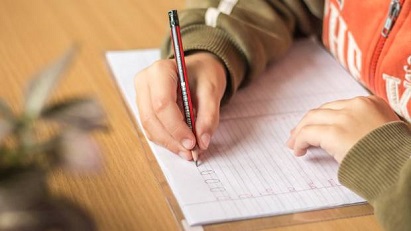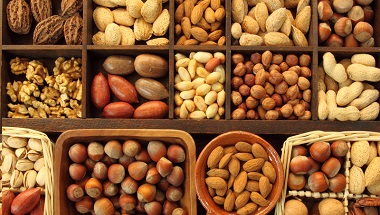Articles
Help for Kids 'local sponsors helping local kids'
'Help for Kids' Here at KidsLink, we are so proud of our 'Help for Kids' programme. By the end of 2016, we had been able to help 142 children access $45,000 worth of
Cotton Wool vs. Let 'em Rip!
Cotton wool vs. let 'em rip - is there a healthy balance? Tip number one: Let children be bored! So often we hear children say "I'm bored" and we leap in with a load of
Creating confident kids
Two of the best in the business share their top tips for creating confident kids! Dean Kent "small white guy who tried his best" It's all about habits - develop good ones!
How to engage boys into learning
WOW - what an inspirational afternoon! We were totally inspired and in fact completely blown away by the ideas and results shared with us by John, Stu and Michael! Messages
Dyslexia – not just a reading and writing problem
Most people regard dyslexia as just a reading and writing problem, and do not realise that just as importantly dyslexia can adversely affect a child’s feeling of well-being and
Becoming your own Superhero
Over the years of teaching Martial Arts there have been many children who have started martial arts classes wanting to be Kung-fu Pandas, Ninja Turtles, colourful Power Rangers and
What makes a confident reader?
Have you ever seen a child who is able to read a passage of text aloud only to be stumped when it comes to explaining what they have just read? A child’s reading development is a
Spatial Thinking – trainable skills?
Do all children think spatially and why do some children appear to have more developed skills in this area than others? “Spatial thinking concerns the locations of objects, their
Heads, shoulders, knees and toes - our top tips
How children's physical needs can impact their learning and behaviour Our hot tips Amanda Smith - Unlocking Learning Amanda's top 3 take home tips are: Language is the
Vitamins – how they can help AD(H)D
Dopamine in AD(H)D Dopamine is a neurotransmitter that is involved in regulating motor activity, attention, inhibition, behaviour, cognition, and reward mechanisms. People with
Unlock your teen's potential - our top tips!
Here are our top tips! Sue Blair - Personality Dynamics Here are Sue's top tips! It is important to understand the different personalities in your home. A preference for
Dys and That - our top tips!
Dys and That Praise for our Dys and That event "Thursday night was very interesting for us as teachers. We had a insight into services offered in our local area and came away
Anxiety and Change - our hot tips!
It is often said that the only constant in life is change! And sometimes with change comes anxiety. We asked 3 of our KidsLink experts to provide their hot tips for helping
Overcoming Maths Anxiety
It can cripple a child’s capacity to do maths and cause a lifelong fear of numbers. Maths anxiety is a well-known psychological condition, especially common among those with
The happy family dynamic
The Happy Family Dynamic - remembering to support each member of the family When we are caring for a child with challenging behavioural issues the whole family unit is impacted.
The Lumps and Bumps of Family Blending
A quick google search shows that the likelihood of living in a blended family is increasing. In fact according to a 60 minutes documentary, a third of all children in New Zealand
Working with our stress and anger as parents
When faced with the stresses of family life we can sometimes feel overwhelmed and alone. It can feel like we really have not had sufficient training or preparation for being a
You’re not the boss of me! Children who want to be in charge
“You’re not the boss of me!” Is this a phrase that sounds familiar to you? It is often hurled at a parent, by a miniature rebel, with little fists on hips, body leaning forward,
Osteopathy - An Overview
The body is a complex network of communicating cells driven by an even more complex mechanism of communicating pathways with the PHYSICAL “orchestrator” being “the brain”. The
Help!! My child isn’t learning
More time spent in the car, less walking around, and infant props such as exersaucers and jolly jumpers all mean less floor time and less movement. Physical awareness and body
How does a learning difference affect behaviour?
The first indications that a child is experiencing problems at school can be misbehaviour. Day dreaming, not following instructions, not completing work, fidgeting and being
To Medicate or not to Medicate?
To Medicate or not to Medicate? A brief guide to support sound decision making on a complex topic What’s best for this child, in this situation, at this time? This article
The impact of retained reflexes
Retained reflexes and their impact on learning and school performance by Janet de Witt Ever wondered why he/she cannot sit still? Ever wondered why they swim like an
The effect of VDU (visual display unit) work on kids vision
Some scary stats... The average child now has access to five computer devices On average, a 3-4 year old will spend 3 hours a day in front of a screen Children aged 5-7
Som wrods look strang to dyslexic peple. How abowt you?
Dyslexia affects approximately 5 - 10% of the population, and I'm one of them. It takes many forms with a collection of names, such as ADHD, dyspraxia, dyscalculia and dysgraphia
Art Therapy for children: play with a purpose
While children can often benefit from counselling to deal with life’s challenges, they may find it difficult or scary to properly express their fears, worries and difficulties.
How handwriting works
Handwriting is important anytime that you are using a pen/pencil to write words or numbers. By Occupational Therapy For Children Writing is a lot more complicated than you
Handwriting for life
Handwriting is an enduring skill Our children are growing up in an era where keyboard skills are dominating handwriting skills. It has even been suggested that handwriting skills
Going nuts over nuts?
Nuts are a great source of nutrients and a good ‘brain food’, so why do some schools ask parents not to put them in their children’s lunchboxes? Each school has an obligation to
Strategies to prevent injury in adolescent sport
Participation in sports has many benefits including increased cardiovascular fitness, greater self-esteem, relaxation, improved co-ordination and strength, improved concentration

